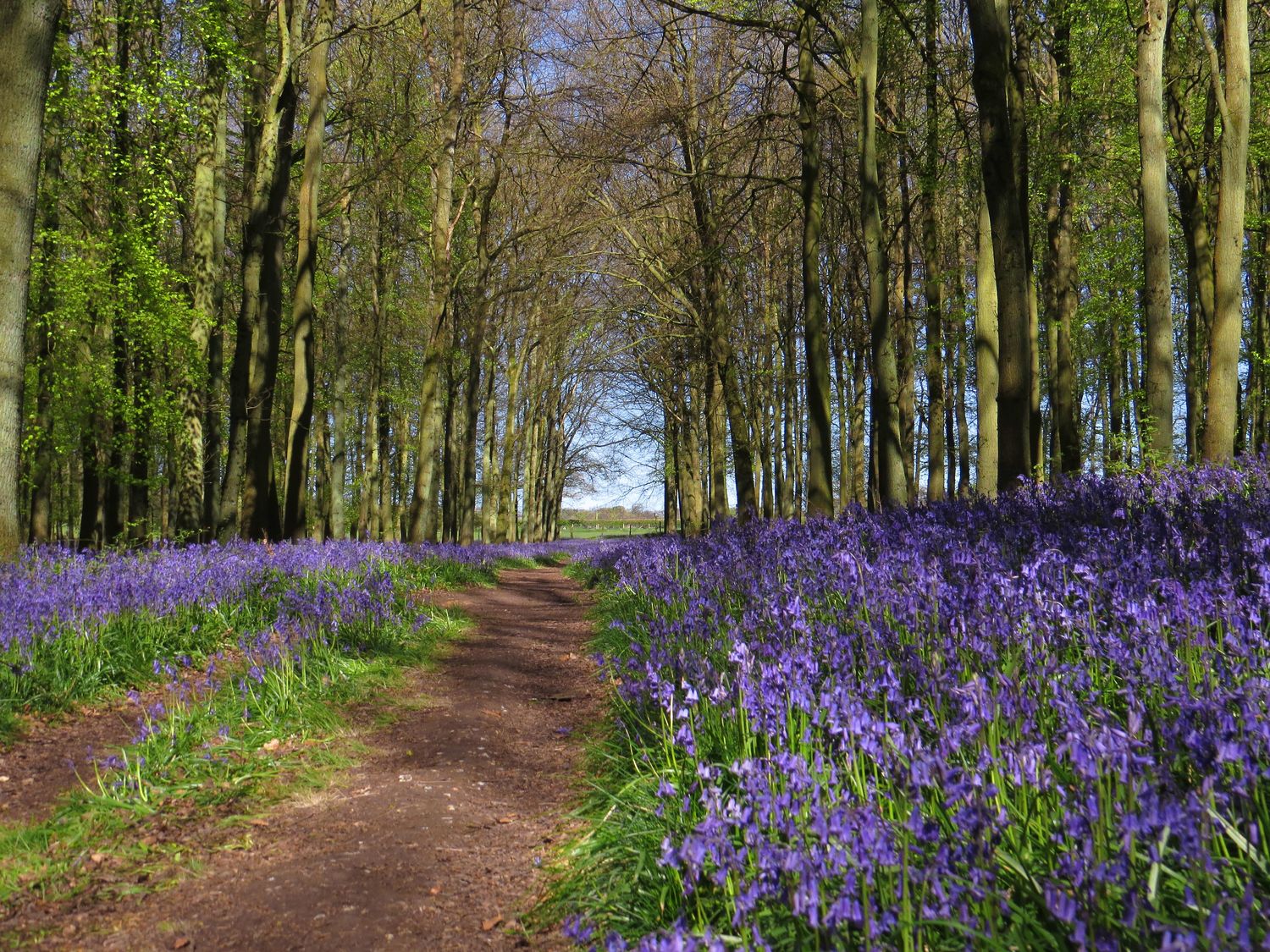
UK citizens collected biodiversity data to help map the effects of climate change
Date: 19 Aug 2025
From the very first snowdrops of January to the last damselflies of late spring, thousands of eyes across Britain watched nature awaken this spring.
The Signs of Spring Survey 2025, run in partnership by the Royal Society of Biology and the Field Studies Council (FSC), entered its second year this year with a simple mission: get people outdoors, spotting the first signs of the new season, and sharing what they see. Together, the RSB and FSC are not only celebrating the magic of spring but are building an important long-term record to help scientists track how climate change is shifting seasonal patterns.
Following on from last year, 10 key signs of spring were tracked and the public was asked to log their sightings on an interactive map, including location, demographic information, and basic environmental data such as weather and temperature.
2025 highlights
This year, just under 2,000 observations were submitted between 1 January and 18 June from across the UK. Nearly half of all records were submitted between 16 February and 18 March.
Media coverage this year included mentions on national television, live radio interviews, radio programmes, a podcast, and online news outlets.
A number of records across the country were added to the ever-growing dataset and this data was used to show changes in the percentage of recorded signs.

The 10 signs
The 10 signs tracked were: bluebells, bumblebees, butterflies, daffodils, damselflies/dragonflies, first cut of the lawn, frogspawn, hazel catkins, ladybirds, and snowdrops.
Snowdrops were the most reported sign in 2025 with 462 sightings. Bumblebees were the most reported invertebrates with 299 sightings.
Same as in 2024, urban areas — particularly London — stood out as hotspots for observations. This year also saw records from isolated areas including the northern Isles.
Compared to 2024, the results for 2025 showed an increase in sightings of bumblebees, butterflies, lawn first cut, frogspawn, and dragonflies and damselfies.

Why it matters
By tracking the same 10 key indicators each year, from the first lawn cut to ladybirds, a valuable dataset is being built that can reveal long-term seasonal changes. Each observation adds a piece to the bigger picture, helping conservationists understand and protect wildlife and habitats.
Susie Rabin, the RSB’s Director of Communications and Public Affairs, said: “We’re really pleased to have run the Signs of Spring survey again this year with Field Studies Council and to have people from all over the UK record their sightings. We’re building on our results from last year which is incredibly useful for tracking different species and their emergence, particularly in light of the climate crisis.”
Looking ahead
The Signs of Spring Survey isn’t just about recording what the public sees; it’s about deepening people’s connection with the natural world, learning new skills, and taking part in real science. We’re committed to making the survey even more inclusive and accessible so that more communities can join in.
Thank you to everyone who took part in 2025, whether you spotted one snowdrop or a whole meadow in bloom, your contribution matters.
To learn more, explore this year’s interactive map.